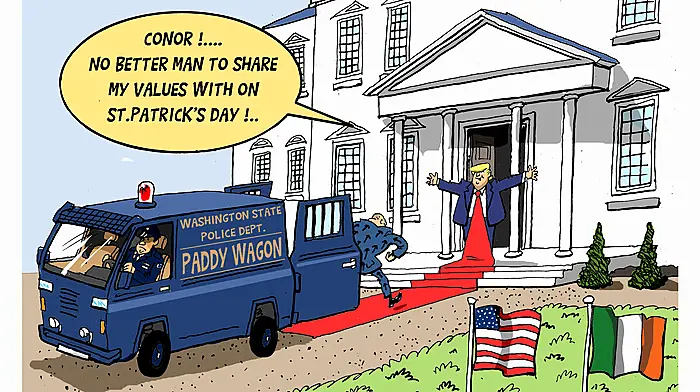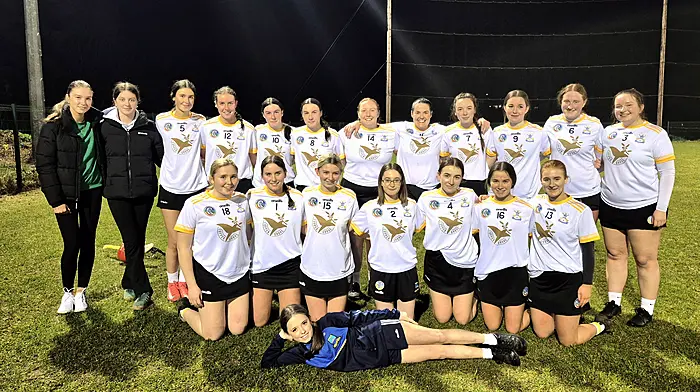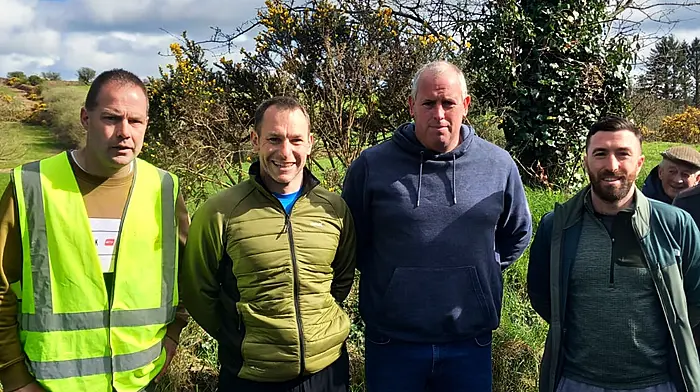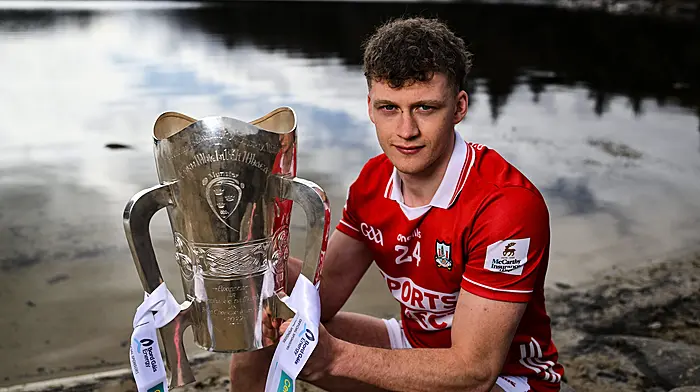THE most recent political polls are not really telling us anything we don’t already know – the rise of Sinn Féin continues, at the expense of the two major parties.
It is a trend reflected right around the world – people are, in general, moving away from traditional parties and looking for something different.
In many other countries, that change looks quite sinister, with the rise of ultra right-wing parties and some very unsavoury politicians climbing up the ranks.
In this country, a number of issues have combined to result in the two main parties taking a battering in recent years – the housing crisis, the slow reaction to climate change and health service cutbacks.
The common denominator in at least two of these issues is that they are disproportionately affecting younger people – ie newer voters.
Older voters, who would be more likely to support Fianna Fail and Fine Gael, are also more likely to be homeowners, somewhat less concerned about the climate crisis, and many also have health insurance.
But younger voters are also engaging more with social media – which is something Sinn Féin recognised many years ago, and the party is certainly ahead of the curve on that one, when compared with its political rivals.
Even slightly mature voters have cringed on occasion when confronted with the attempts of the larger parties to embrace the new digital space. The phrase which references old dogs and new tricks springs to mind.
However, Sinn Féin did their own amount of cringe-making this week when Gerry Adams’ Tiochfaidh ár Lá Lá Lá sketch ‘went viral’ and their Deputy Eoin Ó Broin even sought an apology from the party’s former president, describing the video as being ‘in poor taste’.
But perhaps this was another example of a generation gap that is proving difficult to breach for those attempting to win over younger supporters.
Maybe they just need to leave it to iGen or the millennials altogether.
But social media aside, it certainly looks like the next general election could be won or lost with the younger voters.
We have had a spate of new parties in recent years – and the rural independents have also found an interesting niche for themselves.
It is hard to see how the two parties, formed in the 20s and 30s, can really stay relevant in today’s fast-moving world. It is a little bit ironic, too, that as we approach the centenary of the start of the Irish Civil War, that the two parties that grew out of those differences, now appear to be in terminal decline and yet a party, which arguably has its origins even before that, is coming up strongly on the ‘outside’.
Of course today’s Sinn Féin is a very different beast to the party founded by Arthur Griffith.
And those who see it simply as an alternative to the staid politics of the Big Two are usually too young to remember its darker history.
Nevertheless, the coming years will be hugely interesting for observers of Irish politics. Only time will tell if the current shift in allegiance from the ‘old reliables’ to the young bloods is sustainable, or simply a passing phase which will ‘right’ itself sometime in the future.










